Advertisement
Most large companies already use software to manage operations, but that software often runs on fixed rules and old data. Enterprise AI changes that. It brings intelligence into the core systems businesses already use, allowing them to respond faster, spot patterns early, and make smarter decisions without starting from scratch.
This isn’t about flashy tech—it’s about helping people work better with the tools they already have. Whether it's improving forecasts, refining customer experiences, or automating routine processes, Enterprise AI adds context and adaptability. It turns scattered data into something useful—and, in doing so, reshapes how businesses think and operate.
AI has long been used in small, standalone ways—chatbots, recommendation systems, or spam filters. These narrow uses may offer value, but they rarely influence broader operations. Enterprise AI changes this. It’s designed to span the full business, learning from company-wide data and working across functions like operations, marketing, and customer service.
Where traditional AI projects focus on single tasks, Enterprise AI aims for scale and integration. It connects with existing systems such as CRMs, ERPs, and data lakes. It doesn’t just assist with decisions—it improves them over time through ongoing learning. And because it draws from company-wide data, the results are more relevant, timely, and accurate.
Another key difference is resilience. Enterprise AI must be dependable and secure since it supports critical operations. It also needs to be explainable—users across departments must understand what it’s doing and why. Trust matters when AI starts influencing financial forecasts or hiring choices.
This shift from tool to system is what sets Enterprise AI apart. It isn’t just support software. It becomes a layer of intelligence across the organization.
Enterprise AI depends on several key ingredients to work properly. The most important is data. AI systems learn from patterns, so they need access to quality data from across the business—sales figures, customer feedback, supply chain information, and more. But volume alone isn’t enough. That data must be accurate, well-structured, and easy to access.
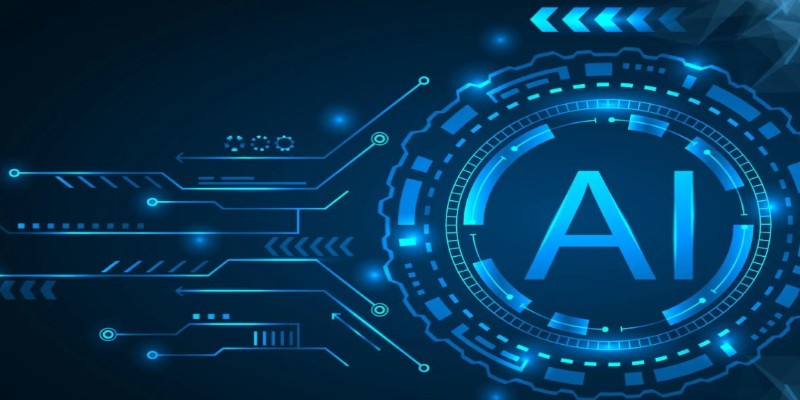
Then comes infrastructure. This includes cloud platforms, storage, and processing power to train and run models. Most companies use hybrid systems to balance speed, cost, and security. Without the right setup, AI can become slow, expensive, or unreliable.
Models are another critical piece. These are the algorithms that detect trends, flag risks, or make predictions. Some companies use ready-made models tailored to common tasks, while others build custom versions that reflect their unique needs. Either way, models need regular updates to stay useful.
Equally important is usability. AI tools must fit into existing workflows. If they’re too complex or require constant input, they won’t be used. That’s why many enterprise systems now include AI-driven suggestions or insights directly within tools employees already rely on.
Finally, there’s governance. Enterprise AI has to meet legal, ethical, and privacy standards. That means tracking how decisions are made, limiting bias, and protecting sensitive data. These systems touch a lot of people, so there needs to be oversight and transparency. Otherwise, trust breaks down—and without trust, adoption stalls.
Enterprise AI is already delivering clear results across industries. In manufacturing, predictive maintenance is a game-changer. AI monitors machinery, identifies issues early, and reduces unplanned downtime. This not only cuts costs but keeps production lines running smoothly.
Retailers use it to analyze buying behavior and tailor offers. Instead of mass promotions, AI creates personalized recommendations that boost conversions without increasing marketing spend. In e-commerce, AI can also improve inventory planning by predicting demand shifts more accurately.
In finance, AI helps with fraud detection and forecasting. It flags unusual patterns in real-time and supports analysts by processing large volumes of market data quickly. This improves both security and agility.
Healthcare organizations apply AI to manage patient data and identify high-risk cases. Systems can review clinical notes, lab results, and past visits to suggest next steps. This speeds up decision-making and improves patient outcomes.
Even HR departments benefit. AI helps screen applicants, highlight promising resumes, and identify which factors correlate with long-term employee success. It can also measure team sentiment over time to support engagement efforts.
These aren’t hypothetical outcomes—they’re happening now. And the advantage grows over time. Enterprise AI learns with use, getting better as more data becomes available. The result is not just better performance today but smarter operations in the future.
Enterprise AI is still gaining traction. Some companies are far along, embedding AI in key operations, while others are just beginning to experiment. But the direction is clear—AI will play a bigger role in how organizations think and act.
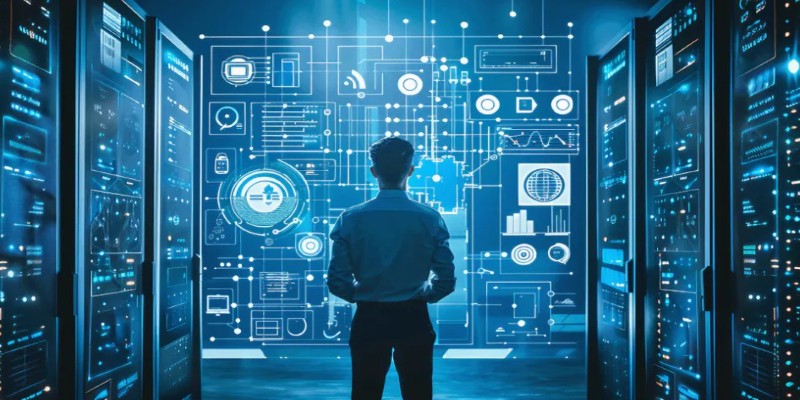
One trend shaping the future is ease of access. Cloud-based tools and pre-trained models are lowering the barriers for companies without deep technical teams. These solutions make it easier to deploy AI across departments without having to start from scratch.
Generative AI is also beginning to be adopted in enterprise use. This includes tools that summarize documents, draft emails, or assist in writing reports. When applied thoughtfully, these tools can cut repetitive tasks and free up time for higher-value work.
Still, challenges remain. Many businesses struggle with siloed data, unclear strategies, or a lack of technical talent. Others worry about model bias or regulatory risk. Addressing these issues requires planning—not just technical, but organizational. Teams need training. Leaders need visibility. And systems need to be built with flexibility and oversight in mind.
But for those who get it right, the payoff is real. Enterprise AI helps companies adapt faster, work smarter, and serve customers more effectively. Over time, it shifts how decisions are made—not by replacing people but by helping them make better choices.
Enterprise AI is reshaping how organizations operate by supporting people, not replacing them. It connects systems, learns from data, and enables teams to make faster and smarter decisions. From logistics to hiring, it enhances both day-to-day tasks and strategic planning. While challenges exist, companies using well-integrated AI are already seeing strong results. As the technology grows, it will continue to blend into daily work, gradually improving how businesses function at every level.

Explore the range of quantization schemes natively supported in Hugging Face Transformers and how they improve model speed and efficiency across backends like Optimum Intel, ONNX, and PyTorch
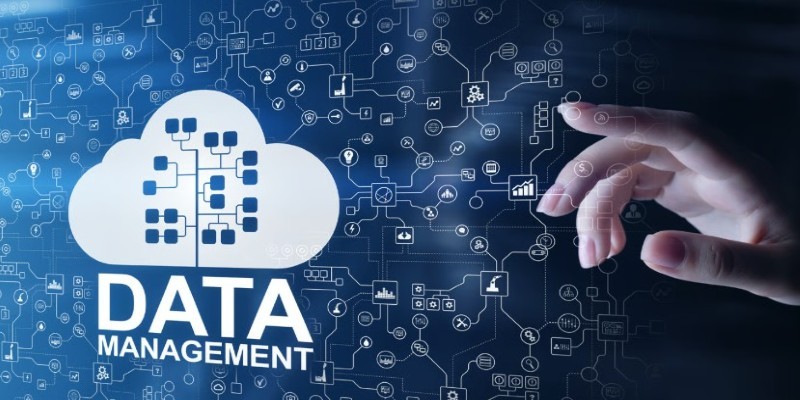
What data management is, why it matters, the different types involved, and how the data lifecycle plays a role in keeping business information accurate and usable
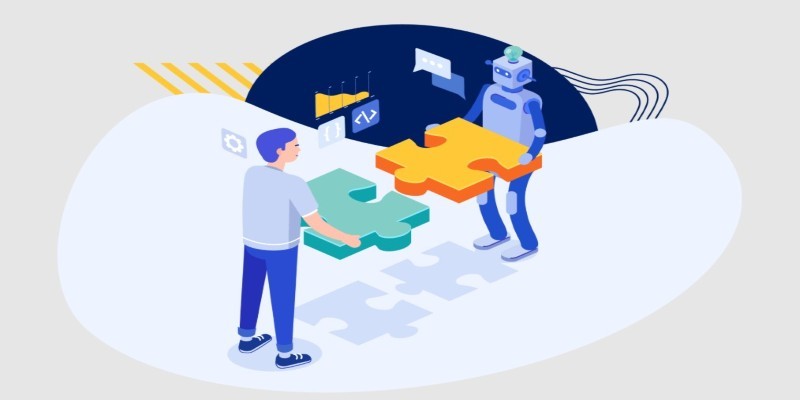
How Enterprise AI is transforming how large businesses operate by connecting data, systems, and people across departments for smarter decisions

Explore the differences between the least populated countries and the most populated ones. Discover unique insights and statistics about global population distribution
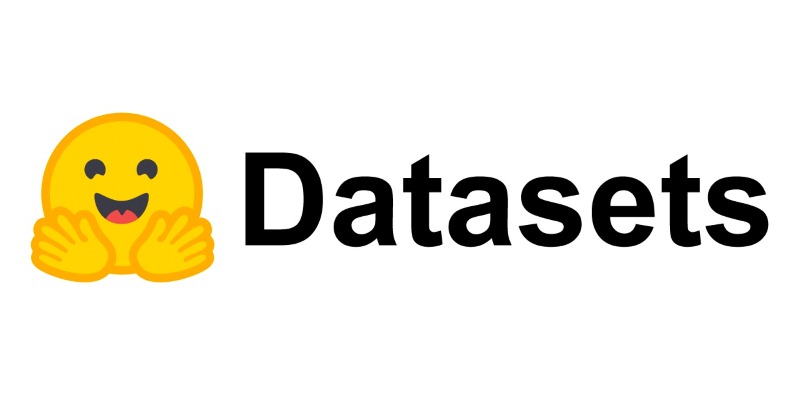
Discover the top 8 most isolated places on Earth in 2024. Learn about these remote locations and their unique characteristics
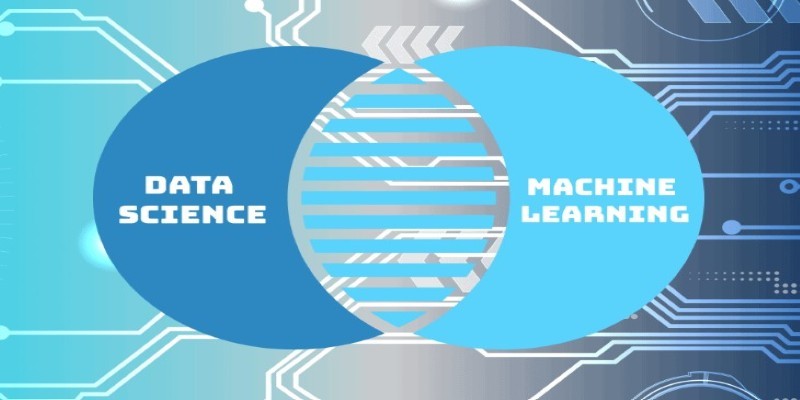
Learn the clear difference between data science and machine learning, how they intersect, and where they differ in purpose, tools, workflows, and careers

Discover five engaging and creative methods to teach your kids about saving money and instill essential financial literacy skills

What makes Siamese networks so effective in comparison tasks? Dive into the mechanics, strengths, and real-world use cases that define this powerful neural network architecture
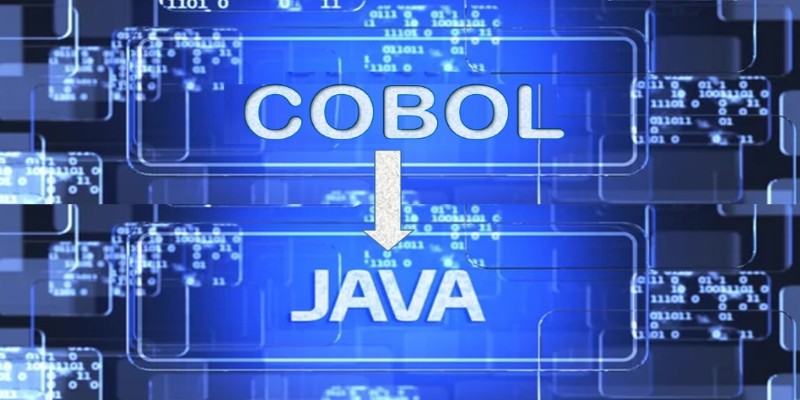
Can AI bridge decades of legacy code with modern languages? Explore how IBM’s generative AI is converting COBOL into Java—and what it means for enterprise tech
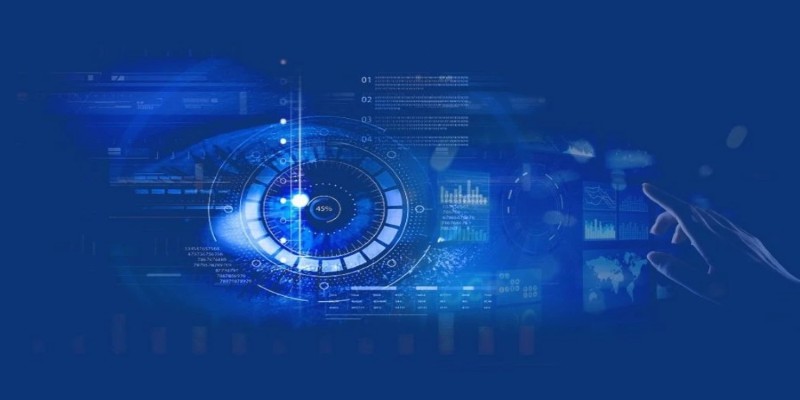
Swin Transformers are reshaping computer vision by combining the strengths of CNNs and Transformers. Learn how they work, where they excel, and why they matter in modern AI

How AI in food service is transforming restaurant operations, from faster kitchens to personalized ordering and better inventory management

Explore the most unforgettable moments when influencers lost their cool lives. From epic fails to unexpected outbursts, dive into the drama of livestream mishaps